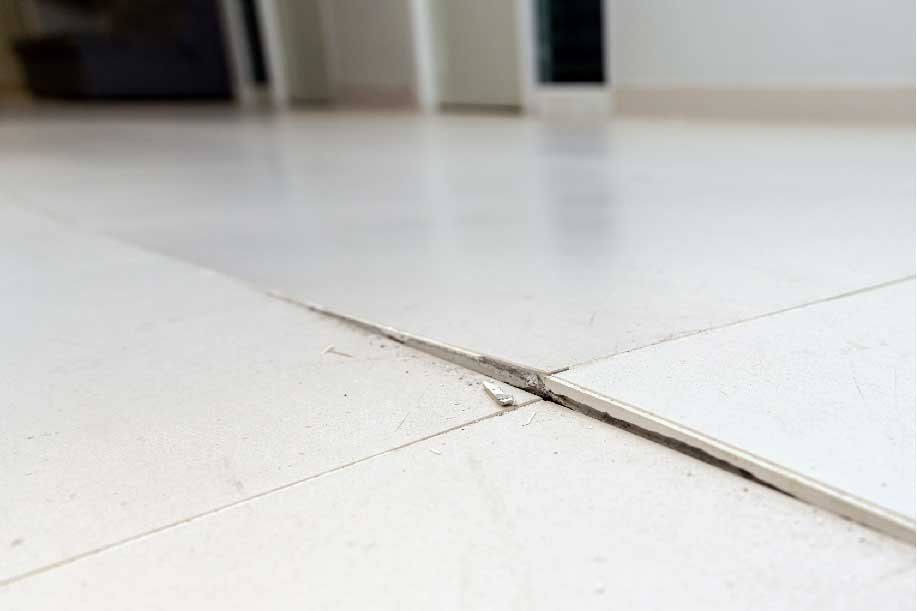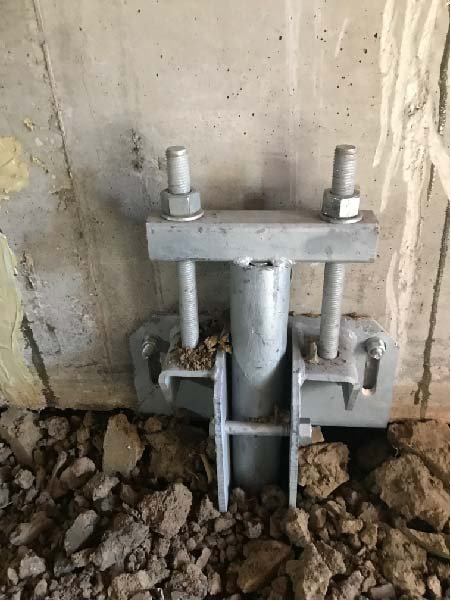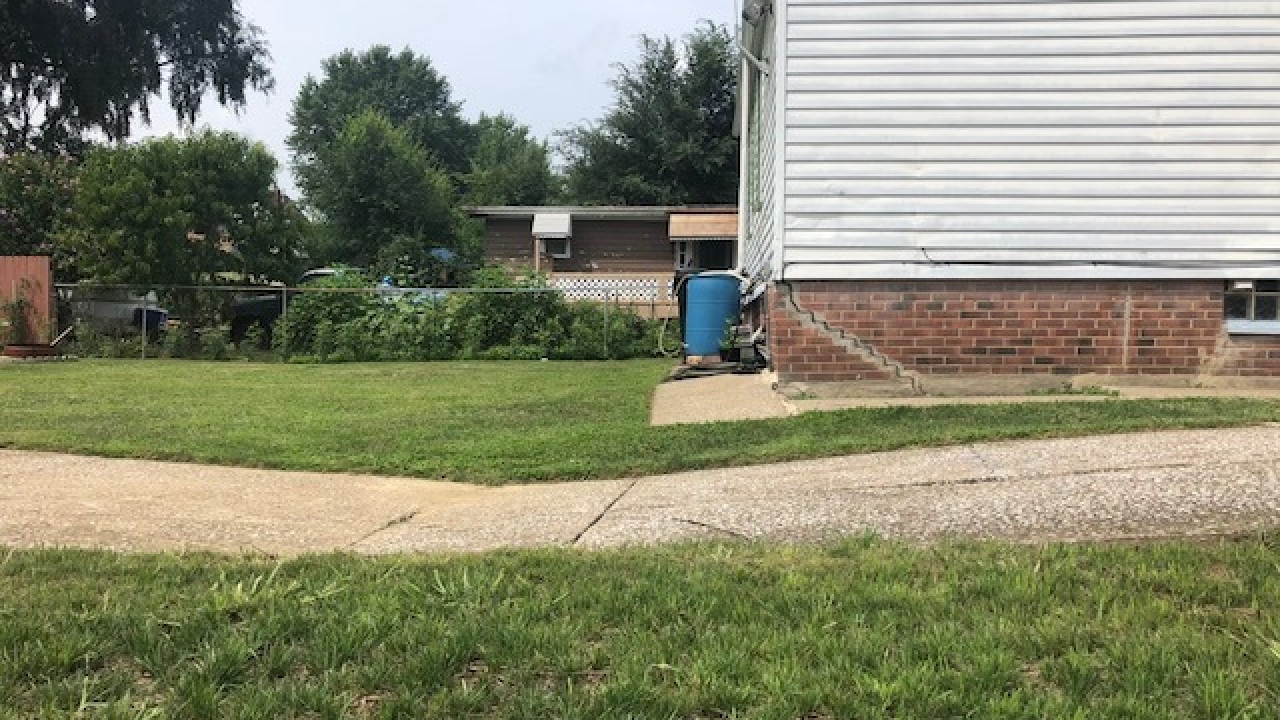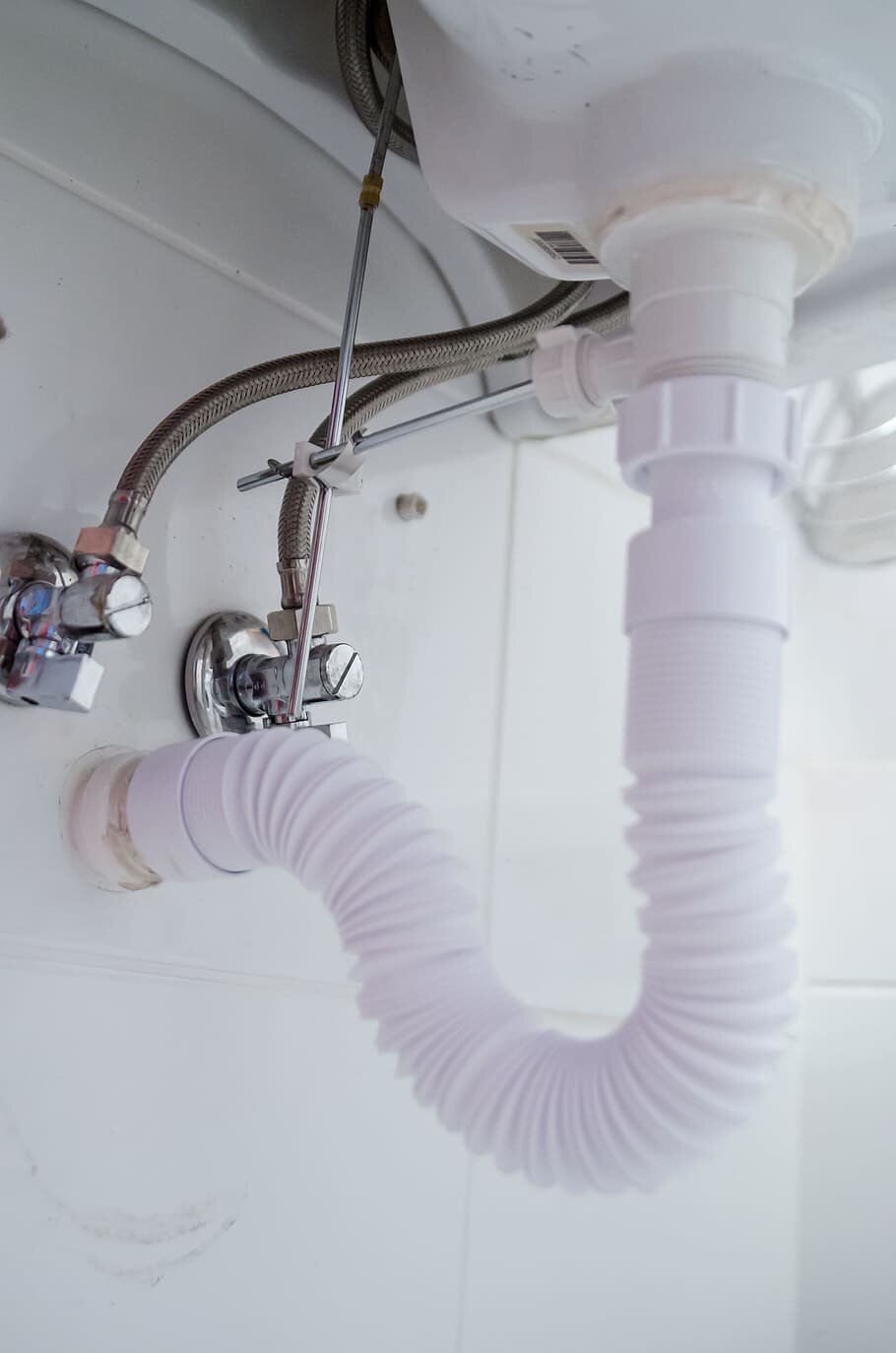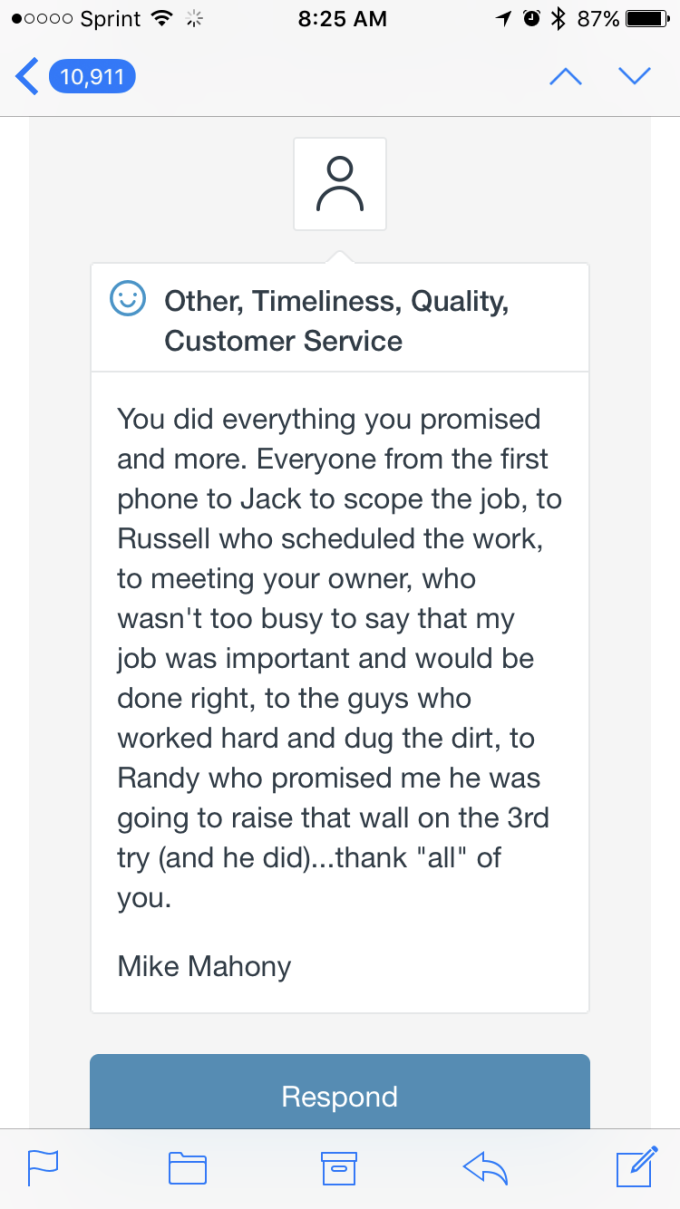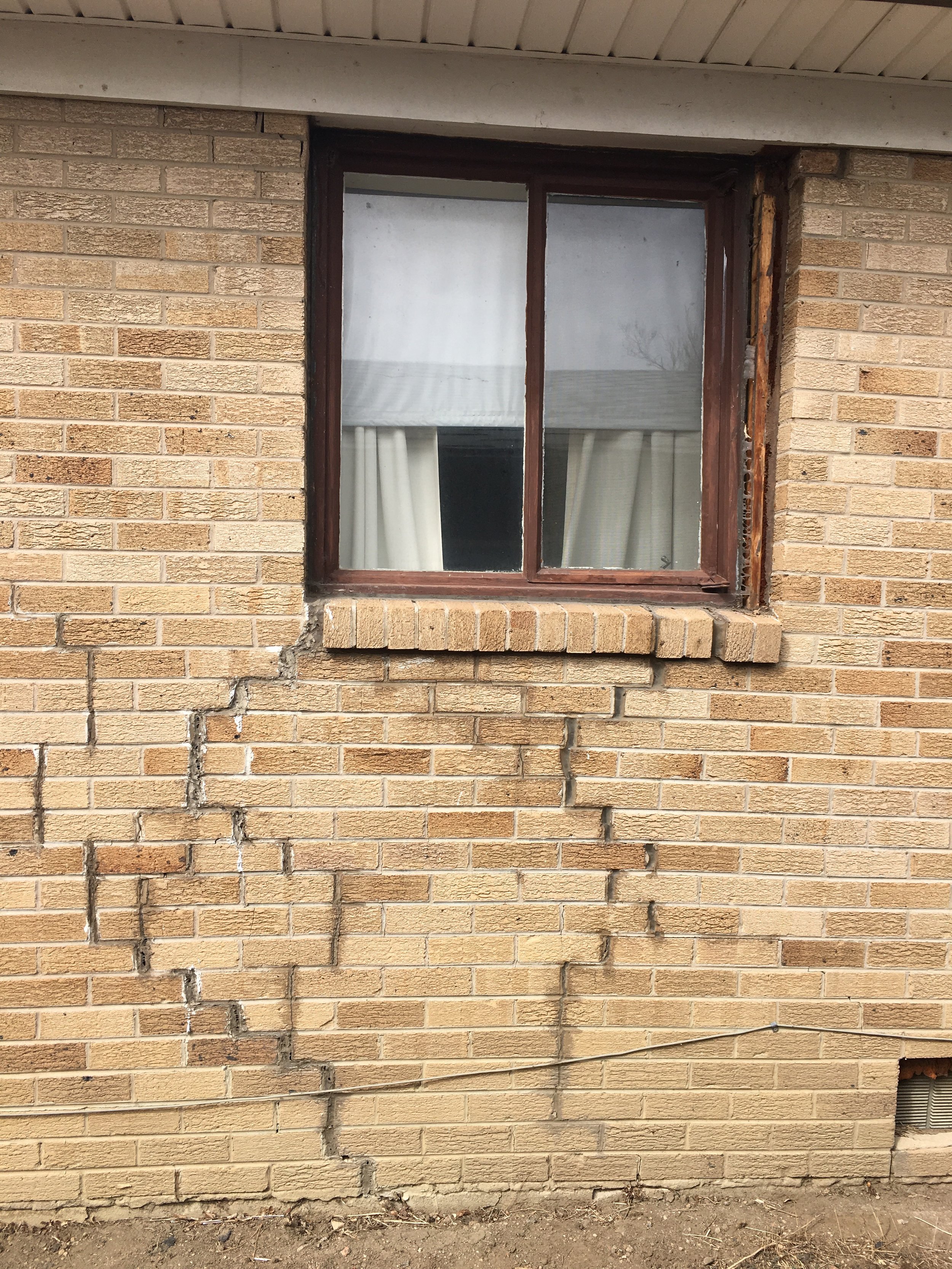What happens to a house with a weak foundation?
A home’s foundation is its most important structural component. When a foundation weakens, it puts the entire house at risk. Over time, foundation problems can lead to significant structural damage, costly repairs, and even safety concerns. Understanding the warning signs and potential consequences of a weak foundation can help homeowners take action before the damage becomes severe.
Signs of a Weak Foundation
A failing foundation doesn’t happen overnight. There are key warning signs that indicate potential foundation issues, including:
Uneven Floors – If floors start to sag or feel unlevel, it may be due to soil movement beneath the foundation.
Cracks in Walls and Ceilings – Horizontal, stair-step, or widening cracks often signal foundation movement.
Doors and Windows That Stick – Shifting foundations cause misalignment, making it difficult to open or close doors and windows.
Gaps Between Walls and Floors – When a foundation settles, it can pull the walls away from the floors or ceiling.
Leaning or Bowing Walls – Excess pressure from soil movement can push basement foundation walls inward.
Water Damage – Poor foundation integrity can lead to water intrusion, mold growth, and damp basement conditions.
Ignoring these signs can allow minor issues to turn into serious structural failures.
Uneven Floors
Bowing Walls
Water Damage
How a Weak Foundation Affects Your Home
A failing foundation can impact a house in several ways. The longer the issues go unaddressed, the more severe the damage can become.
Structural Integrity at Risk
When a foundation shifts, cracks, or settles unevenly, it weakens the entire structure. Walls, floors, and ceilings lose stability, and framing may become misaligned. In extreme cases, parts of the home may collapse due to foundation failure.
Damage to Interior and Exterior Walls
Foundation movement often leads to visible cracks in drywall, brick, or stucco. These cracks may start small but can quickly expand as the foundation shifts. Over time, this damage may require extensive repairs to restore the home’s structure.
Plumbing and Utility Problems
A shifting foundation can damage plumbing pipes, leading to leaks and costly repairs. It can also put stress on gas lines and electrical wiring, increasing the risk of system malfunctions or safety hazards.
Increased Water Damage
When a foundation weakens, it may develop cracks that allow water to seep into basements and crawl spaces. Poor drainage due to soil shifts can also cause standing water around the foundation. Excess moisture can lead to mold growth, rotting wood, and long-term basement waterproofing issues.
Decreased Property Value
Homes with foundation problems are harder to sell. Potential buyers see structural damage as a major red flag, often leading to lower offers or difficulty securing financing. Addressing foundation issues early can protect a home’s market value.
Causes of a Weak Foundation
A foundation can weaken for many reasons, but some of the most common causes include:
Soil Movement – Expansive clay soils shrink and expand with moisture changes, causing foundation shifts.
Poor Drainage – Water pooling around a home’s foundation can erode the soil, leading to settlement and instability.
Tree Roots – Large tree roots can grow beneath a foundation, lifting or disrupting its structure.
Poor Construction – Inadequate foundation reinforcement or improper soil preparation can lead to premature failure.
Hydrostatic Pressure – Excess moisture in the soil exerts force on basement walls, leading to bowing and cracks.
Repairing Foundation Problems
If a home has foundation issues, professional repair solutions can restore stability and prevent further damage. Some common foundation repair methods include:
Helical Piers or Push Piers – These deep foundation supports stabilize and lift settling foundations by reaching stable soil layers.
Wall Anchors or Braces – Used to reinforce bowing basement walls caused by soil pressure.
Slab Jacking – Also known as mudjacking, used to lift sunken concrete slabs by filling voids beneath them.
Waterproofing and Drainage Solutions – Helps prevent future foundation damage by controlling water intrusion and improving drainage.
Helical Piers
Slab Jacking (mudjacking)
Wall Anchors
Protecting Your Home’s Foundation
Preventative maintenance can help homeowners avoid costly foundation problems. To keep a foundation strong:
Ensure proper drainage around the home to prevent soil erosion.
Regularly inspect for cracks and movement in walls, floors, and ceilings.
Address plumbing leaks and excess moisture before they cause structural issues.
Trim trees and large roots that could impact the foundation.
Work with a foundation repair specialist to assess and address early signs of damage.
Don’t Ignore Foundation Problems
A weak foundation puts a home’s safety, stability, and value at risk. By recognizing the warning signs and addressing foundation issues early, homeowners can avoid costly repairs and protect their investment. If you suspect foundation problems in your home, seeking professional foundation repair solutions can ensure long-term stability and peace of mind.


